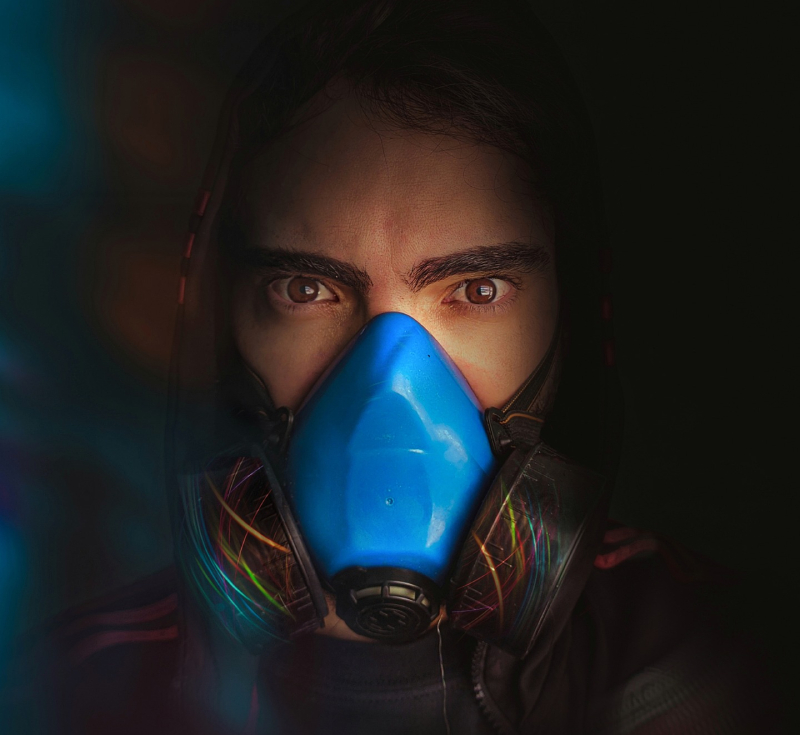Gas Inhalation Treatment-What to do If You Inhale Poisonous Gas?
What are instant toxic gas inhalation treatments? What are the emergencies? Many gases have toxic properties, which are often assessed using the LC50 (median lethal dose) measure.
Among the best-known toxic gases are gasoline, carbon monoxide, chlorine, nitrogen dioxide, and phosgene.
Detecting gas leaks in your home needs to be a top priority.
Poisonous gases present serious danger to health and safety because they are invisible, which makes it difficult to know if you and your household are at risk.
Failure to identify a high level of gas in your home can cause illness, the danger of explosion, and death. \
You should learn the proper cleaning and maintenance of your household gadgets.
It is important to note that just because a package does not have a warning label does not mean a substance is safe.
You should consider poisoning if someone suddenly becomes sick for no apparent reason.
Poisoning should also be considered if the person is found near a furnace, car, fire, or in an area that is not well-ventilated.
Common Types of Harmful Gases
Gas detection experts defined a gas as toxic if a gas capable of causing damage to living tissue, central nervous system impairment, severe illness, or, in extreme cases, death if one is swallowed, inhaled, or absorbed by the skin or eyes.
Technically, a gas is generally considered toxic if its average lethal concentration is greater than 200 parts per million (ppm).
Depending on your industry, you may come into contact with many harmful gases on a daily basis like the following five common poisonous gases (1)
- Hydrogen sulfide
- Carbon Monoxide
- Nitrogen Oxides
- ozone
- solvents

What Happens If Someone Inhales Toxic Gases?
Gasoline Inhalation Symptoms
Inhaling gasoline fumes can irritate sensitive lung tissue, and a number of chemicals can enter the bloodstream.
Once in the bloodstream, some of these chemicals can make it difficult for the body to move oxygen around the body’s tissues, causing healthy tissue to die.
Some of the symptoms that commonly occur after exposure to gasoline vapor include:
- dizziness or lightheadedness
- headache
- blushing
- coughing or wheezing
- thunderbolt
- unclear
- blurry vision
- weakness
- breathing difficulties
- cramps
- coma
- arrhythmia
- heart failure
Causes Of Gasoline Poisoning
Gasoline contains methane and benzene, which are hydrocarbons that are a type of hazardous organic matter made up of hydrogen and carbon molecules.
Hydrocarbons are part of all kinds of modern substances, as well as :
- engine oil
- lamp oil
- kerosene
- fee
- rubber cement
- lightest fluid
Symptoms of carbon monoxide poisoning
Carbon monoxide gas is colorless and odorless, so you can’t tell if it’s around you.
Symptoms of carbon monoxide poisoning include:
- headache
- dizziness
- feeling sick or ill
- feel helpless
- confusion
- chest and muscle pain
- shortness of breath
- symptoms may come and go. It may get worse when you spend time in an affected room or building and get better when you leave or move out.
Causes of carbon monoxide poisoning
Common household appliances used for heating and cooking can produce carbon monoxide if they are not properly installed, are faulty, or poorly maintained.
Devices that can cause carbon monoxide to include:
- gas boilers
- gas ovens and pottery ovens
- gas or paraffin heaters
- wood, gas, and coal fires
- portable generators
- Using barbecue or camping stoves indoors and running lawn mower engines or vehicles in the garage can build up carbon monoxide.
Gas Inhalation Treatment- What to Do If You Inhale Poisonous Gas Like Gasoline or Carbon Monoxide?
- Close the fire
- Stop the gas bulb, lighter, and candle,
- do not smoke
- get out of the house slowly and stay away somewhere
- try to reduce breathing in the affected area
- as the first aid of gas inhalation treatment cover the nose with a trawl or scarf-type cloth
- do not make stuffiness condition by shutting down the door windows for gas to come.
- If possible, come away somewhere.
- especially in those who have children, old people, and someone with respiratory distress.
If you are already affected or attacked by poisonous gas, what will you do as gas inhalation treatment as first aid?
1. Take the affected person to clean the air.
2. Blow the light hot water and wash the eyes.
3. Let loose the clothes of wear.
4. Keep the affected person warm and calm as part of gas inhalation treatment
5. Keep the person comfortable. The person should be rolled onto the left side, and remain there while getting or waiting for medical help.
6. As a gas inhalation treatment If the poison has spilled on the person’s clothes, remove the clothing and flush the skin with water.
7. Call for emergency help.
8. Never attempt to rescue a person without notifying others first.
Gas inhalation treatment- In case of emergency
- Don’t try to handle the situation by yourself alone. Always call for help first.
- Do not force vomiting.
- Do not give the person milk.
- Do not give fluids to an unconscious person.
- Do not leave yourself and your person exposed to gasoline fumes.
